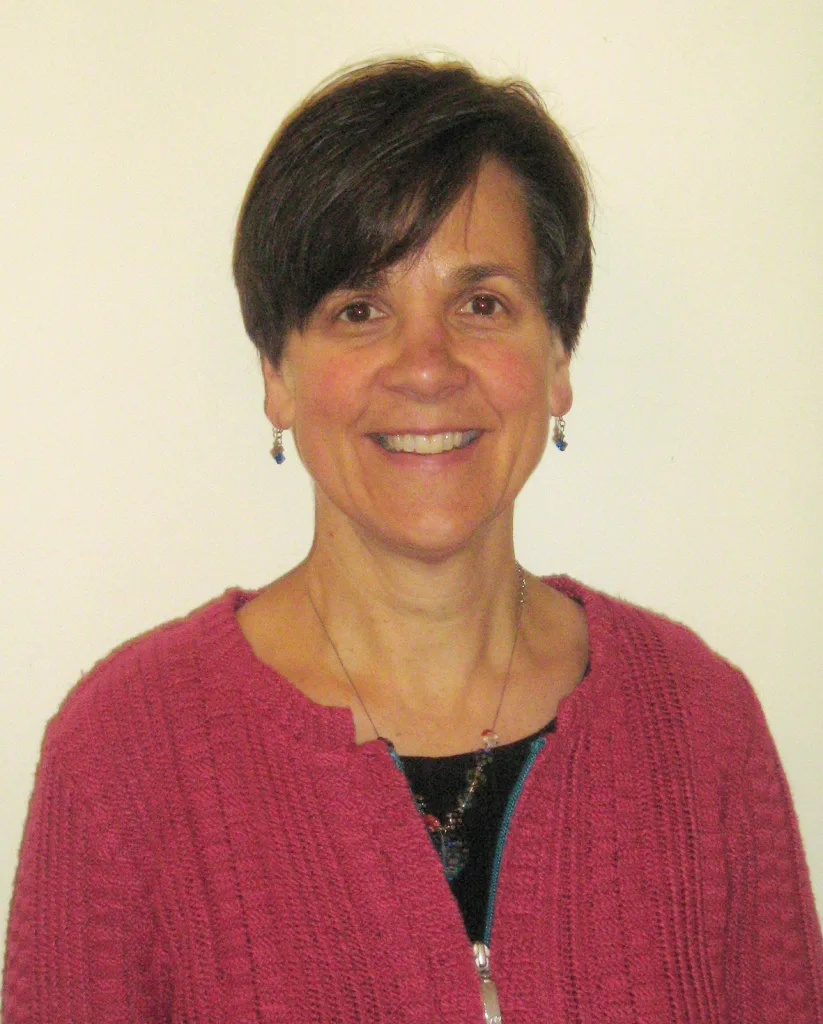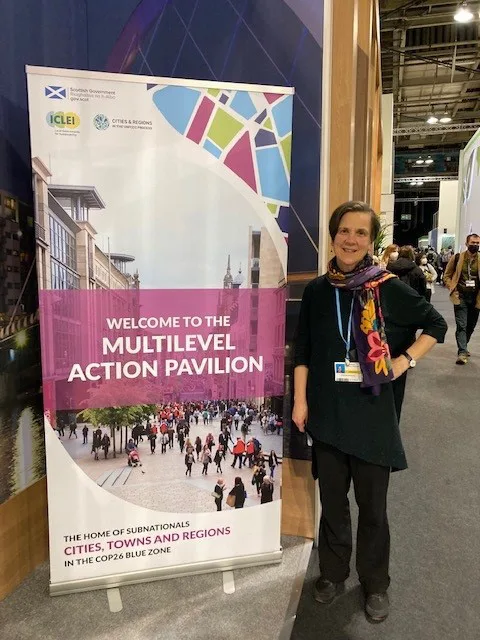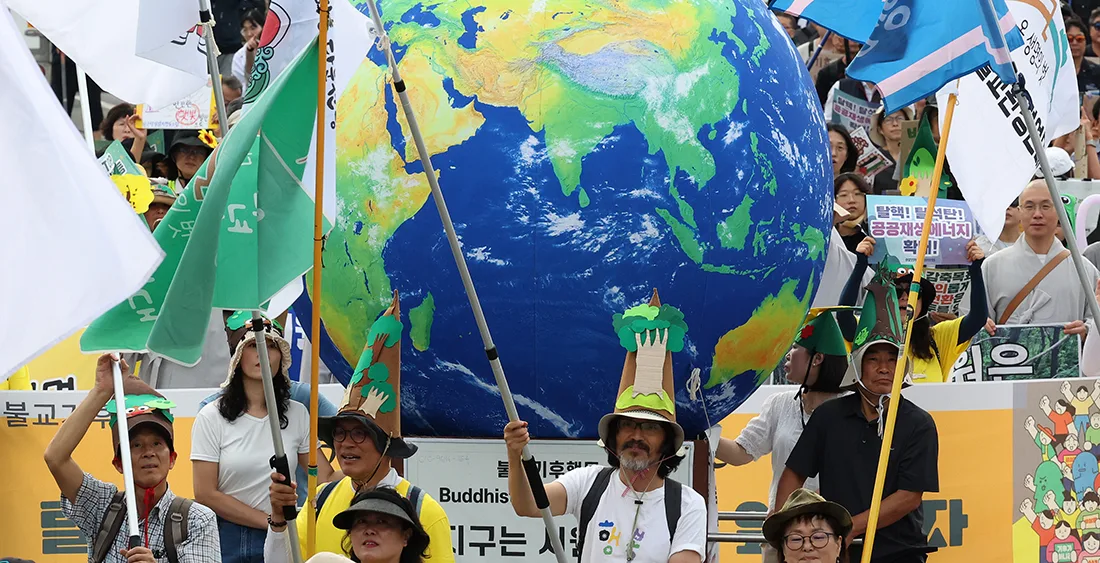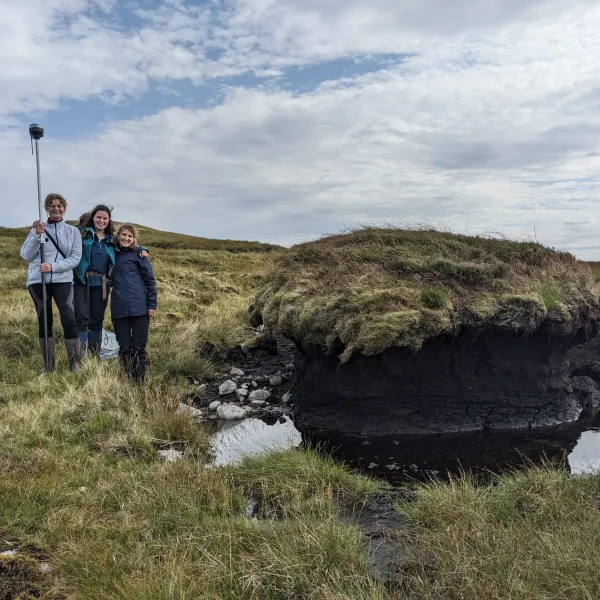
The COP Presidency has identified six ‘action agendas’ which should enable states to meet goals set at the Paris climate summit 10 years ago. One of the broadest agendas is Pillar 5: Fostering Human and Social Development. How likely is it that this agenda’s aims will be realised?
Unlike the agendas around specific carbon emission reductions or finance commitments, this axis is more far-reaching and ambitious. In broadest terms it aims to ensure human and social development is integrated into climate action. More specifically, this axis calls for1: ‘reducing the impacts of poverty and hunger, promoting resilient communities, and ensuring fair transitions’. A core aim here – introduced but not developed in earlier COPs – is to create an equitable, ‘just’ transition to a climate-safe world.
Synergies
That ambition is necessary. As climate justice scholars2 here at Edinburgh have demonstrated, a more holistic agenda – one that takes seriously equity and just transitions – is absolutely core to creating the systemic change required for meaningful global action. At first glance the theme’s aim appears uncontentious: who could object to action designed to foster human and social development? But this axis is also the most vulnerable to political neglect and may thus prove the most difficult to achieve.
This axis focuses on synergies between climate action and sustainable development. The assumption behind this link reaches back to the original 1992 Earth Summit also held in Brazil. There, signatories agreed that environmental destruction and climate change are inextricably linked to poverty and inequality. Put another way: climate change cannot be tackled without addressing human and social development.
Collective action

The Brazilian Presidency takes this aim seriously and has prioritised it in the organisation, participation and agenda of this COP summit. Indigenous communities are likely to be far more present than in previous COPs. Knowledge from those communities has shaped the COP Presidency’s3 distinct approach to action, including its central calls for a Global Mutirão – collective mobilisation and effort across society. Moving beyond a reliance on state leaders and formal parties, the Presidency calls on a range of civil society, businesses and other sub-state actors to mobilise delivery of country-level targets. This emphasis is clever because it relies less on states reaching international consensus on major action – an aim this COP is unlikely to achieve.
However, reliance on non-state actors is not a panacea. Business engagement is key, but not all businesses want the same thing. Belém will need to reverse the trend whereby fossil fuel firms are better represented than civil society or developing nations themselves. The Belém approach may also put an undue burden on civil society.
As my political analysis4 outlines, public engagement in climate has diminished in recent years. The reasons are many – including the distraction of wars and shifting economic priorities. Civil society will also face a more immediate obstacle in Belém – an acute shortage of affordable accommodation. That lack of presence and participation matters – without it leaders will find it easier to offer ‘wellbeing platitudes’ rather than specific action.
Transition
A further challenge lies in the very core of the axis – reconciling climate action and justice. When taken seriously the emphasis on just transition is a crucial way to ensure climate action is not seen as a counter to cost of living protection, wellbeing, or human thriving. The boosting of a green economy and a reduction in pollution should result in safer, cleaner, more secure jobs, lower energy costs and healthier environments. The contrast with a fossil-fuelled polluting future is massive. However, as research5 from our network of energy and sustainability scholars confirms, just transitions are never quick. The realisation of synergies between equity, health and climate action requires a longer-term perspective. It is often abandoned when elected governments face the powerful discourse of fossil fuel firms (and allied politicians) insisting climate action threatens human progress and ‘ordinary folk’.
No one summit can solve this larger narrative battle. But an important step is ensuring justice, health, wellbeing (the real bonuses of climate action!) are on the agenda and not just flogged off by empty words. The Just Transition Working Group highlighted in the 2025 Bonn preparatory summit is one example, even if its remit remains vague and open to interpretation. Research by Edinburgh scholars6 demonstrates the Just Transition Commission in Scotland could provide lessons on how to turn words into action. It suggests calls for something like a Belém Action Mechanism7 to ‘accelerate, consolidate, and achieve a holistic just transition within and between countries’ could be a small but significant action.
Conclusion
In sum, it is quite possible the prioritisation of development and just transition will not get the attention it deserves at Belém. Even so, small actions will help. It is critical to maintain the focus on this important axis. Addressing climate change is about carbon reduction and finance metrics – but not only. Justice, wellbeing, and human development remain key.

COP and the University of Edinburgh
Explore how we’re mobilising research and innovation to turn pledges into progress.
This article was first published in COP30 Advancing Action Brochure on 10 November 2025.
Photo credits: Main image of a Climate protest in South Korea, Getty Images/Chung Sung-Jun; Profile photo of Professor Bomberg and Professor Bomberg next to the Multilevel Action Pavilion banner, courtesy of Professor Elizabeth Bomberg.
- Fostering human social development ↩︎
- What climate justice means and why we should care ↩︎
- COP 30’s global Mutirao ↩︎
- Climate change in the age of Trump 2.0 ↩︎
- Energy, environment and sustainability ↩︎
- Centering People: Community-Led ‘Just’ Transition Projects at the University of Edinburgh ↩︎
- Priorities for climate justice at COP 30 ↩︎





